
Illustration of planet K2-18 b based on scientific data, published on September 11, 2023 - Photo: REUTERS
According to Reuters news agency on April 17, scientists using the James Webb space telescope have obtained the strongest signs of life ever in the atmosphere of an extrasolar planet, about 124 light years from Earth.
The study's lead author, astrophysicist Nikku Madhusudhan of the University of Cambridge, said the discovery marked a turning point in the search for life beyond Earth.
"We have shown that it is possible to detect biosignatures on potentially habitable planets using current technology. It is time to move into the era of observational astrobiology," he said.
The planet discovered, K2-18 b, is 8.6 times the mass of Earth and 2.6 times larger in diameter. It lies in the “habitable zone” – where liquid water could exist on a planet’s surface – and orbits a red dwarf star that is smaller and less luminous than the Sun.
Two biogases in the planet's atmosphere, dimethyl sulfide (DMS) and dimethyl disulfide (DMDS), are produced on Earth only by living organisms, mainly microorganisms such as seaweed. This suggests that the planet may be teeming with microorganisms.
However, the researchers stressed that this is only a possible biomarker - an indicator of a biological process - and not an actual living organism. These findings still need to be considered cautiously and further observations.
DMS and DMDS were detected in the planet's atmosphere with a 99.7% confidence level, leaving a 0.3% chance that the observation was a statistical error. The gases were detected at atmospheric concentrations of more than 10 parts per million by volume.
“For comparison, this concentration is thousands of times higher than that in Earth's atmosphere, and cannot be explained without biological activity based on current knowledge,” said Madhusudhan.
Despite the promise, scientists not involved in the study recommend continued cautious observation.
"The rich data from K2-18 b make it a fascinating world . These latest data are a valuable contribution to our understanding. However, we must be very careful to examine the data as thoroughly as possible," said Christopher Glein, chief scientist at the Southwest Research Institute's space science division in Texas.
Source: https://tuoitre.vn/tim-thay-bang-chung-manh-nhat-ve-su-song-ngoai-trai-dat-20250417134726597.htm



![[Photo] Bustling Mid-Autumn Festival at the Museum of Ethnology](https://vphoto.vietnam.vn/thumb/1200x675/vietnam/resource/IMAGE/2025/10/4/da8d5927734d4ca58e3eced14bc435a3)

![[Photo] Solemn opening of the 8th Congress of the Central Public Security Party Committee, term 2025-2030](https://vphoto.vietnam.vn/thumb/1200x675/vietnam/resource/IMAGE/2025/10/4/f3b00fb779f44979809441a4dac5c7df)

![[Photo] General Secretary To Lam attends the 8th Congress of the Central Public Security Party Committee](https://vphoto.vietnam.vn/thumb/1200x675/vietnam/resource/IMAGE/2025/10/4/79fadf490f674dc483794f2d955f6045)




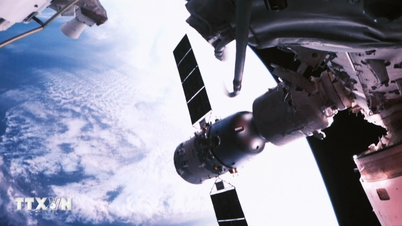










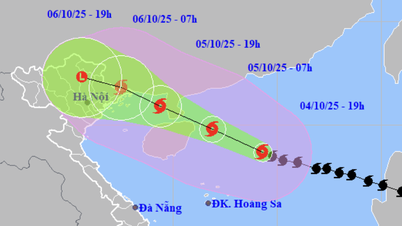




























![[VIDEO] Summary of Petrovietnam's 50th Anniversary Ceremony](https://vphoto.vietnam.vn/thumb/402x226/vietnam/resource/IMAGE/2025/10/4/abe133bdb8114793a16d4fe3e5bd0f12)
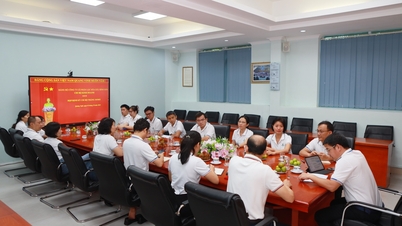
![[VIDEO] GENERAL SECRETARY TO LAM AWARDS PETROVIETNAM 8 GOLDEN WORDS: "PIONEER - EXCELLENT - SUSTAINABLE - GLOBAL"](https://vphoto.vietnam.vn/thumb/402x226/vietnam/resource/IMAGE/2025/7/23/c2fdb48863e846cfa9fb8e6ea9cf44e7)


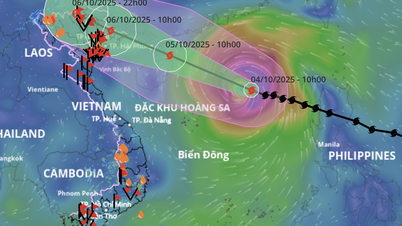

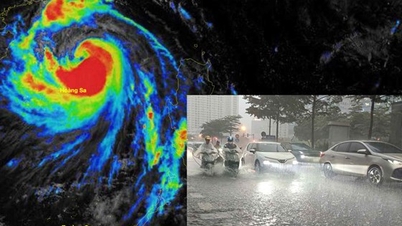




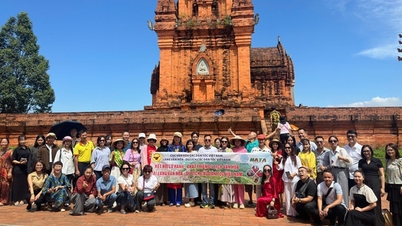









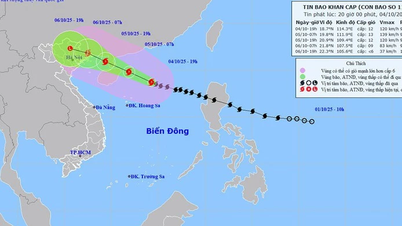














Comment (0)